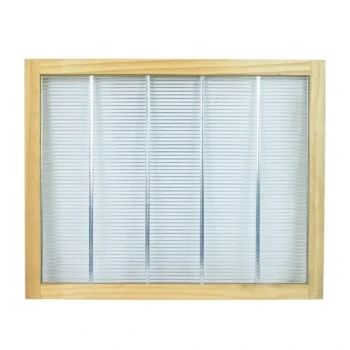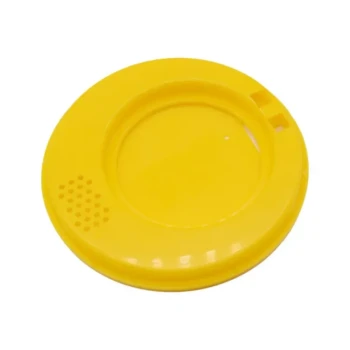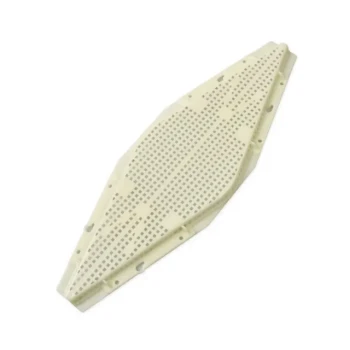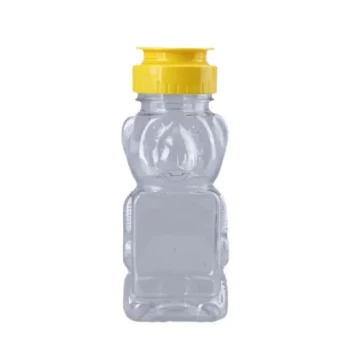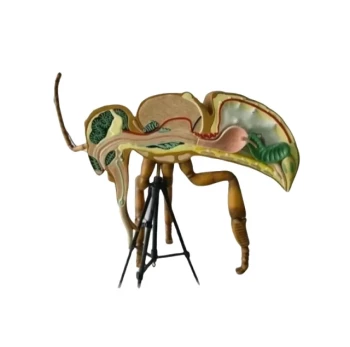Deciding whether to use a queen excluder is a fundamental choice every beekeeper faces. A queen excluder is a metal or plastic grid placed between the brood chamber and the honey supers, with openings large enough for worker bees but too small for the queen. Its primary purpose is to confine the queen to the brood box, ensuring honey supers remain free of eggs, larvae, and pupae.
The queen excluder is a tool of trade-offs. It streamlines honey harvesting and simplifies queen management, making it nearly essential for commercial operations, but it requires proper installation and monitoring to be effective without hindering the colony.
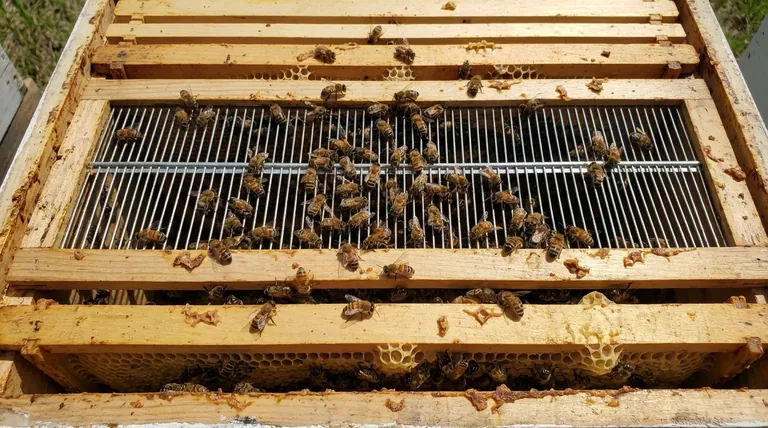
The Core Function: A Gatekeeper for the Queen
A queen excluder fundamentally organizes the hive by creating a clear separation between the area for raising brood and the area for storing surplus honey.
Why This Separation Matters
By preventing the queen from laying eggs in the honey supers, you achieve two key outcomes. First, the honeycomb in those supers remains clean and dedicated solely to honey. Second, it keeps the queen in a known, limited area.
The Impact on Honey Quality
Honey extracted from brood-free combs is considered purer. It contains less pollen and avoids contamination from shed larval skins or other brood-rearing byproducts, resulting in cleaner honey and higher-quality wax that can be recovered from the cappings.
Key Advantages of Using an Excluder
For many beekeepers, especially those managing multiple hives, the benefits of an excluder are centered on efficiency and control.
Unmatched Harvesting Efficiency
The single greatest advantage is the ability to remove entire honey supers without checking each individual frame for brood. This dramatically speeds up the harvesting process, a critical factor in commercial apiaries.
Simplified Queen Management
When you need to find the queen for inspection, disease checks, or re-queening, an excluder saves a significant amount of time. Instead of searching through the entire hive, you know she is confined to the one or two boxes of the brood chamber.
Advanced Hive Control
Excluders are also valuable management tools. They can be used in specific configurations for queen rearing, where new queen cells must be protected from the reigning queen. They can also play a role in strategies to manage hive population.
Understanding the Trade-offs and Best Practices
While beneficial, a queen excluder is not a "set it and forget it" piece of equipment. Improper use can create problems for the colony.
The Importance of Proper Installation
The excluder must fit the hive body perfectly, leaving no gaps around the edges. A poorly fitted excluder can allow a smaller queen to slip through, defeating its purpose, or create unwanted bee traffic patterns.
Ensuring Worker Bee Access
The grid must be kept clean and free of blockages. Sometimes drone bees, which are larger than workers, can get stuck in the excluder. You must monitor the hive to ensure worker bees are moving freely into the honey supers to deposit nectar.
The Risk of a "Honey-Bound" Brood Nest
If worker bees are hesitant to cross the excluder, they may begin to store excess nectar in the brood chamber. This can fill cells the queen needs for laying eggs, a condition known as being "honey-bound," which can limit colony growth. Regular monitoring helps prevent this.
Making the Right Choice for Your Goal
The decision to use a queen excluder should be based on your specific beekeeping philosophy and objectives.
- If your primary focus is harvesting efficiency: You should absolutely use a queen excluder. It is the industry standard for streamlining honey removal in commercial and large-scale hobbyist operations.
- If your primary focus is finding your queen easily: An excluder is an excellent tool. It confines her to a predictable location, making inspections much faster.
- If your primary focus is minimal hive intervention: You might choose to go without one. However, this requires you to be diligent about inspecting every single honey frame for brood before you harvest.
Ultimately, the queen excluder is a powerful tool in your beekeeping arsenal, and understanding its purpose empowers you to use it strategically.
Summary Table:
| Aspect | With Excluder | Without Excluder |
|---|---|---|
| Honey Harvesting | Fast, efficient; supers are brood-free | Slower; must check each frame for brood |
| Queen Management | Queen confined to brood chamber for easy finding | Queen can be anywhere in the hive |
| Honey Quality | Cleaner honey, no brood contamination | Risk of pollen/larval debris in honey |
| Colony Management | Requires monitoring to prevent honey-bound brood nest | Less hardware, but more frame-by-frame inspection |
| Best For | Commercial apiaries, efficiency-focused beekeepers | Natural beekeeping, minimal intervention |
Ready to optimize your apiary's efficiency? As HONESTBEE, we supply high-quality beekeeping supplies and equipment—including durable queen excluders—to commercial apiaries and distributors through our wholesale-focused operations. Let us help you streamline your honey production and hive management. Contact us today to discuss your needs and explore our product catalog!
Visual Guide
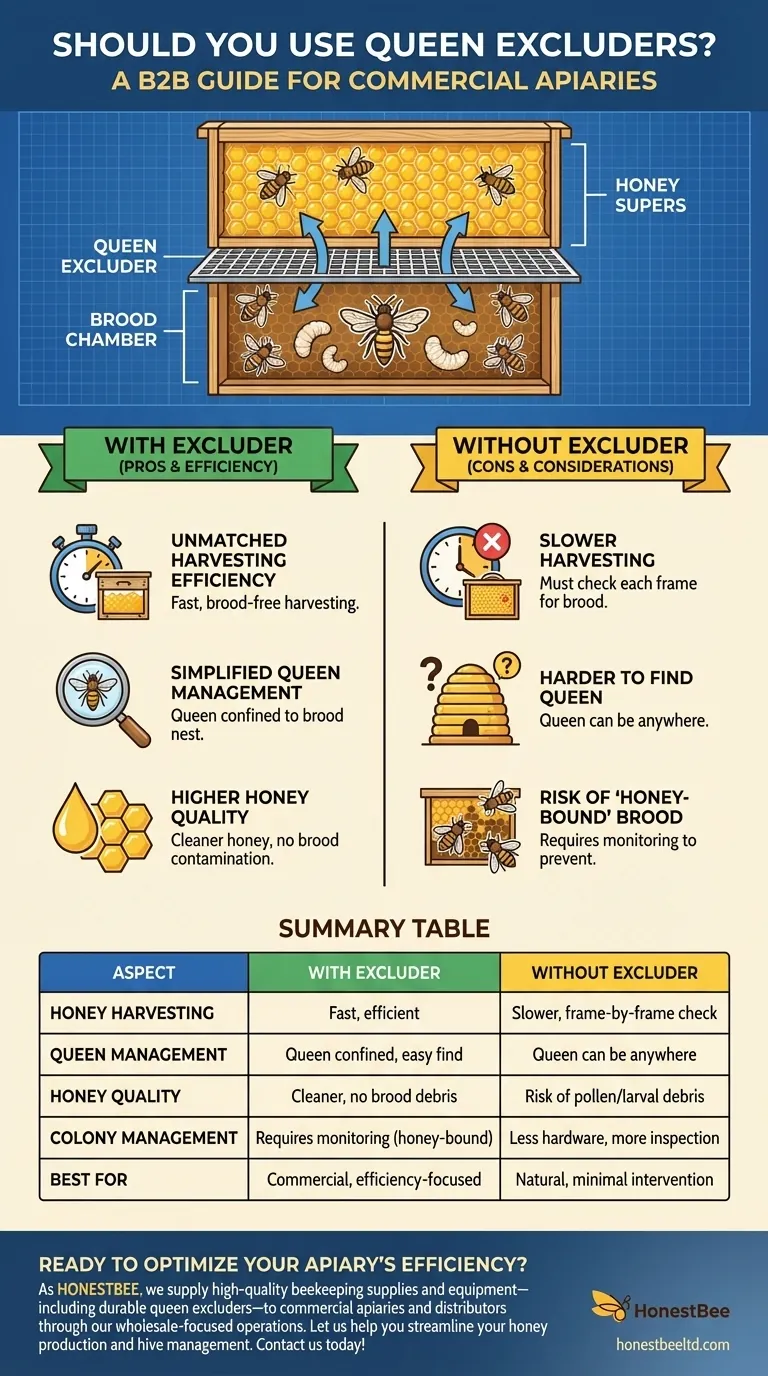
Related Products
- Premium Wood Framed Metal Wire Queen Bee Excluder
- Professional Plastic Queen Excluder for Modern Beekeeping
- High Performance Plastic Queen Excluder for Beekeeping and Apiary Management
- Wooden Queen Bee Excluder for Beekeeping
- Plastic Queen Bee Excluder for Bee Hive Wholesale
People Also Ask
- What makes polyurethane foam environmentally friendly? The Surprising Benefits of a Durable, Inert Material
- Do I really need a queen excluder? A Guide to Maximizing Your Honey Harvest Efficiency
- What is the purpose of a queen excluder? Achieve a Clean Honey Harvest & Organized Hive
- Where should a queen excluder be placed in a beehive? The Key to Hive Organization
- What are the advantages of using a queen excluder? Maximize Honey Yield & Hive Control
